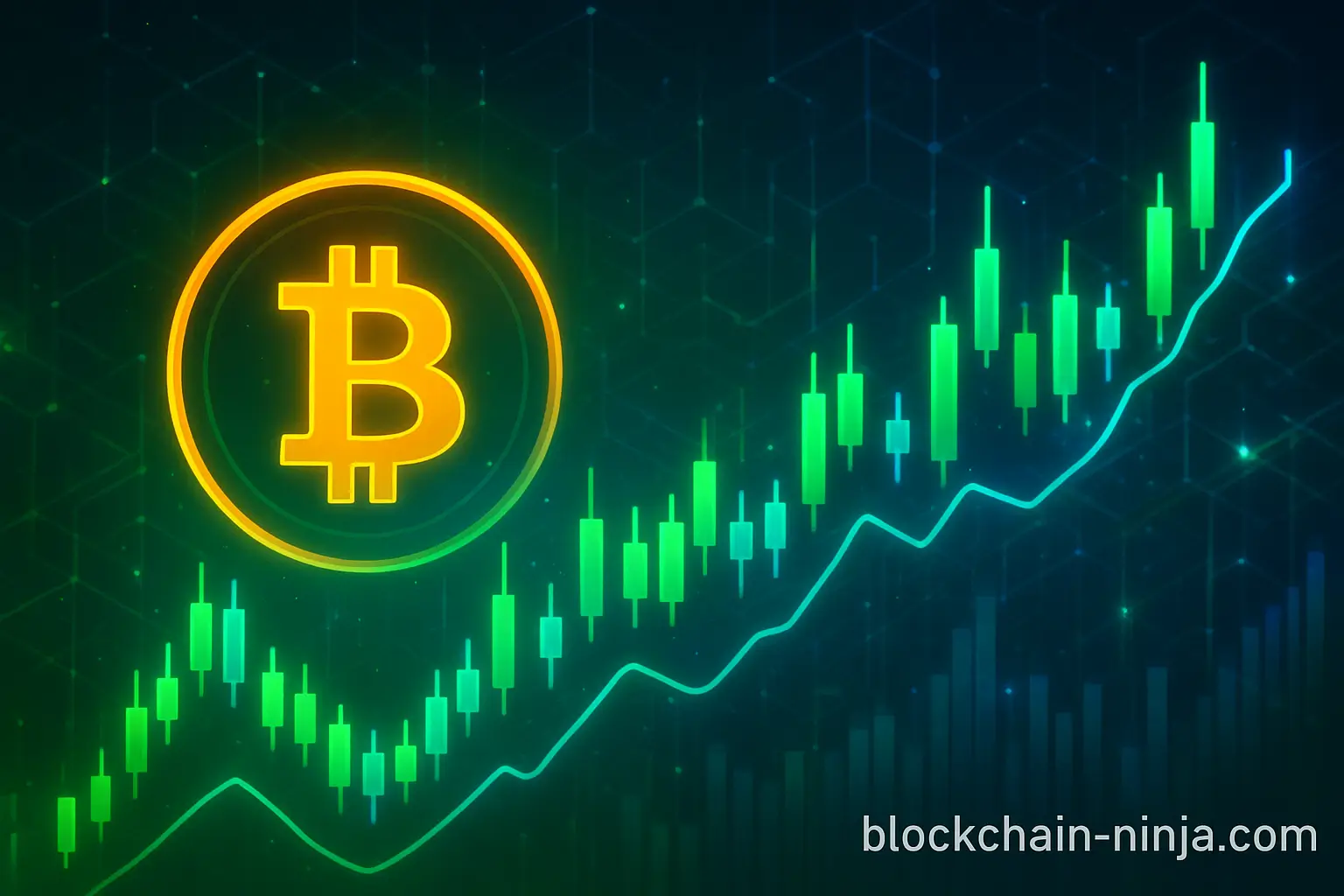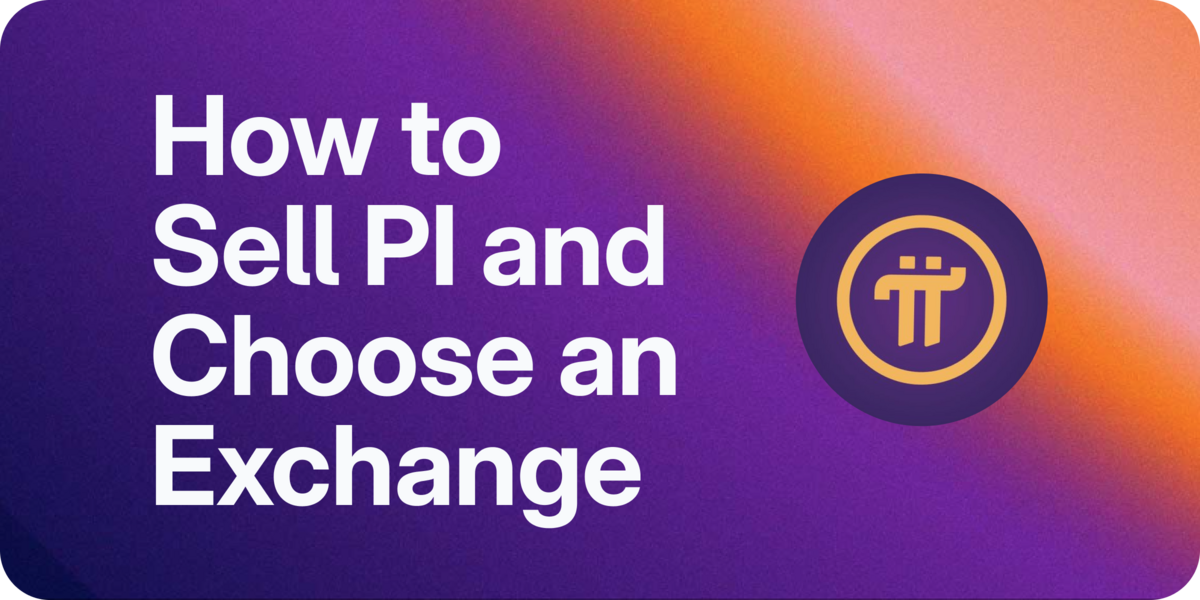Understanding the Primary vs Secondary Market in Crypto
The digital asset space continues to grow with remarkable speed, and at the heart of this evolution stands the primary crypto market. Many investors hear about it but do not fully understand how it works or why it plays such a critical role in the blockchain ecosystem. The primary crypto market represents the first point of contact where new digital tokens or coins are introduced to the public. Just like traditional finance relies on primary markets for new stock issuance, the cryptocurrency landscape depends on this market to fuel innovation and fund new blockchain projects.
When a blockchain startup, decentralized application, or new protocol wants to raise capital, it usually issues tokens through the primary crypto market. This process creates a direct bridge between project creators and investors, offering fresh opportunities for growth and profit.
How the Primary Crypto Market Differs from the Secondary Market
To grasp how the primary crypto market functions, it helps to compare it with the secondary market. In the secondary market, investors buy and sell tokens that already exist. Popular cryptocurrency exchanges operate in this secondary space. Prices in that market depend on supply, demand, market sentiment, and broader economic conditions.
The primary market, however, serves as the launchpad. Here, tokens are sold directly by the project team to investors for the very first time. The funds raised go straight to the project to support development, marketing, and community building. Investors in this market act as early backers, often with the potential to gain high returns if the project succeeds.
Key Methods of Token Issuance
Projects use several approaches to release tokens in the primary crypto market. One common method is the Initial Coin Offering, known widely as ICO. During an ICO, a project announces details of the token supply, pricing, and utility, allowing investors to purchase tokens with popular cryptocurrencies like Bitcoin or Ethereum.
Over time, newer models such as Initial Exchange Offerings and Security Token Offerings have emerged. Initial Exchange Offerings involve launching tokens directly on an exchange platform, offering greater security and compliance. Security Token Offerings, on the other hand, resemble traditional securities and are regulated more strictly.
Each approach has unique advantages, but all share the same core principle: introducing tokens to investors in exchange for capital.
Why the Primary Crypto Market Matters
The importance of the primary crypto market cannot be overstated. Without it, blockchain projects would struggle to secure funding. Developers need resources for coding, auditing, and building infrastructure. Marketing campaigns require financial support to reach potential users and investors. Community engagement demands constant input, events, and outreach.
By opening the door to investors, the primary crypto market enables ideas that may only exist in whitepapers to transform into real world applications. This market also drives innovation, as competition for investor attention pushes projects to offer stronger use cases, more robust technology, and transparent governance models.
The Investor’s Perspective
For investors, the primary crypto market brings both opportunities and risks. Entering a project at the earliest stage can deliver significant rewards if the token gains traction on secondary markets. Early investors often benefit from discounted token prices and the excitement surrounding fresh launches.
Yet this market also carries higher uncertainty. Not every project succeeds. Some fail due to poor execution, lack of community support, or changes in regulatory environments. Others may collapse because of fraud or weak security measures.
Smart investors approach the primary crypto market with careful research. They study the project team’s background, examine the whitepaper, evaluate tokenomics, and assess community engagement. Due diligence becomes a shield against unnecessary risk.
How Regulation Shapes the Market
Regulation plays an increasingly central role in shaping the primary crypto market. Authorities around the world seek to protect investors while encouraging innovation. In some jurisdictions, token offerings are treated like securities, requiring projects to follow strict compliance rules.
This regulatory oversight improves transparency and reduces the number of fraudulent schemes. At the same time, it challenges startups to align their token models with legal frameworks. Investors benefit from a more secure environment, though projects may face higher costs and longer launch timelines.
The Evolution of Fundraising Models
The primary crypto market continues to evolve with new approaches to fundraising. Decentralized platforms now allow token launches through mechanisms like Initial DEX Offerings, where tokens are released on decentralized exchanges. This model provides greater accessibility and reduces reliance on centralized platforms.
Other innovations include token bonding curves and launchpads that distribute tokens more fairly among investors. These mechanisms aim to reduce manipulation, encourage community participation, and enhance trust between project creators and token holders.
Practical Example of the Process
Consider a blockchain startup planning to launch a decentralized finance protocol. The team develops a whitepaper that outlines the purpose of the protocol, technical framework, governance model, and utility of its native token. The whitepaper explains how tokens will be distributed, how many will exist in total, and what rights or benefits token holders will receive.
Through the primary crypto market, the project invites early investors to purchase tokens. The funds raised are allocated to hiring developers, conducting smart contract audits, creating marketing campaigns, and forming strategic partnerships. Once the token gains enough traction, it gets listed on secondary exchanges where broader audiences can trade it.
This example illustrates the flow from concept to funding to execution, all powered by the primary crypto market.
The Role of Trust and Transparency
For the primary crypto market to thrive, trust and transparency remain vital. Investors look for clear communication, audited smart contracts, and honest disclosure of risks. Projects that prioritize accountability and open governance often secure stronger support from the community.
Transparency also helps regulators understand the industry, which encourages the creation of fair rules rather than harsh restrictions. The more projects embrace best practices, the more confidence investors gain, and the healthier the market becomes.
Future Outlook of the Primary Crypto Market
As blockchain technology matures, the primary crypto market will continue to expand. Emerging sectors such as decentralized finance, gaming, non-fungible tokens, and Web3 applications demand constant funding. The primary market provides the foundation for this growth.
Expect more integration of artificial intelligence in project evaluations, stronger compliance with international regulations, and more sophisticated mechanisms for token distribution. Investors will likely see safer environments, better project vetting, and broader adoption of token-based fundraising.
Conclusion
The primary crypto market serves as the heartbeat of blockchain innovation. It is where ideas turn into funded projects and where investors gain access to groundbreaking opportunities. Understanding its mechanics helps both creators and investors navigate the digital asset space with greater confidence.
By appreciating the difference between primary and secondary markets, recognizing the risks and rewards, and staying informed about regulatory shifts, participants can engage more wisely. With transparency, trust, and continuous evolution, the primary crypto market will remain a powerful engine for global digital transformation.
FAQs
What is the primary crypto market?
The primary crypto market is where new tokens are issued and sold directly by projects to raise capital.
How does the primary crypto market differ from the secondary market?
The primary market issues tokens for the first time, while the secondary market is where those tokens are later traded between investors.
Why is the primary crypto market important?
It funds blockchain projects, drives innovation, and offers early investors access to tokens at launch.
What are common fundraising models in the primary crypto market?
Popular models include ICOs, IEOs, STOs, and IDOs, each with different structures and compliance levels.
Is investing in the primary crypto market risky?
Yes, it carries higher risks due to uncertainty and regulation, but careful research can help reduce potential losses.




Post Comment